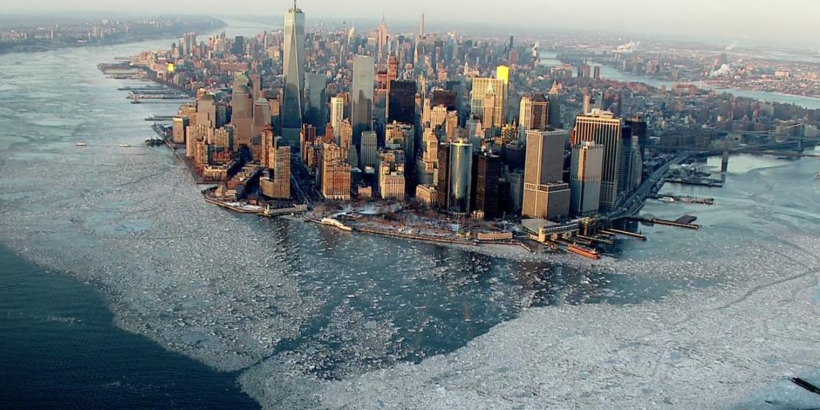Same latitude, different climates
Haven’t you wondered why NYC is way colder than Paris even though both are more or less in same latitude? Or why a bunch of hurricanes hit the coast of Florida while the Canary Islands enjoy perfect weather? And, why San Francisco has this recurrent fog while in Valencia is really rare to find it? Why is it normally in summer?
Let’s put this in context. I’m going to introduce you to a perfect team: the combination of the ocean currents and the Jet Stream. But, what is that? The first is a stream that acts much like a conveyor belt transferring significant amounts of heat from the Earths’s equatorial areas to the poles, thus playing important roles in determining the climates of coastal regions. Without currents, regional temperatures would be more extreme—super hot at the equator and freezing toward the poles—and much less of Earth’s land would be habitable. And let’s say that the Jet Stream does more or less the same thing, but in the atmosphere, travelling from west to east.

So here’s the point. The Jet Stream transports the air from the poles to mid latitudes and back again, like an atmosphere highway. On the other hand, the Gulf current that starts in the Gulf of Mexico, ends up in the West coasts of Europe. Being a warm current, it causes this area’s water to be warmer than others. So, while a cold air mass travels through the icy lands of Canada and North USA (Tundra areas) until it reaches NYC, one that enters Europe travels through the Atlantic Ocean (way warmer thanks the factors mentioned above), warming it self under the influence of this current.
So basically, New York is influenced by Continental or land based temperatures, while Paris is influenced by the oceanic temperatures, following the premise that the weather system at their latitude in general moves from west to east.
Another consequence of these ocean streams is, for instance, the foggy aspect of San Francisco in summer. The warm air in this season over the city bumps into the cold air over the ocean due to the cold current of California, creating this awesome foggy image. In the Mediterranean Sea, there isn’t any current (cold or hot), so unfortunately this phenomenon doesn’t happen.

Finally, if you are stuck between summer in Miami or the Canary Islands, I would recommend you the latter, in order to avoid dangerous (although beautiful) hurricanes. But why, being at the same latitude, there’s such a big difference in the weather of this areas? Mainly there are 2 reasons.
The first one is that hurricanes in the Northern hemisphere form at tropical and subtropical latitudes and then tend to move toward the West-Northwest. In the Atlantic, such a motion often brings the hurricane into the vicinity of the East Coast of the U.S.
The second factor is the difference in water temperatures between these two areas. Along the East Coast of the USA, the Gulf Stream provides a source of warmth ( 26.5 degrees Celsius waters), which helps to feed up the hurricane. In the Canary Islands, however, ocean-surface temperatures rarely rise above the low 20º C, even in the middle of summer. Such relatively cool temperatures do not provide enough thermal energy to sustain a hurricane’s strength.



